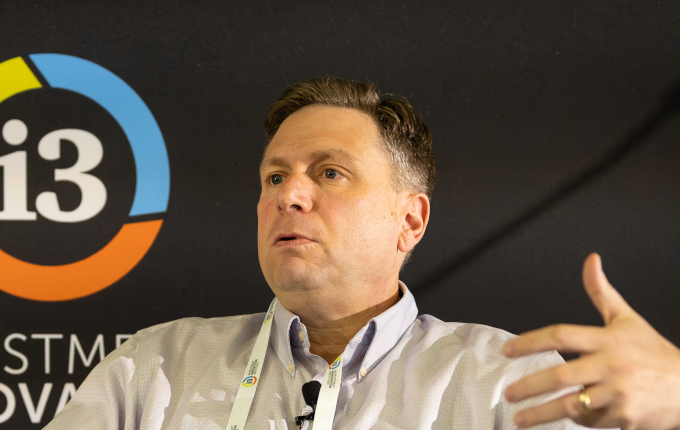The emergence of private credit as a new asset class is a positive development, but the rapid growth of it could spell some trouble down the road, Craig Dandurand says
Private credit has had a stellar rise in recent years.
According to advisory firm McKinsey, the asset class has grown to almost US$2 trillion by the end of 2023, about ten times larger than it was in 2009.
It is easy to see why. With double digit returns that almost rival equity returns, but with a lower risk profile, private credit, especially direct lending, has been an attractive asset class.
In Australia, there is an extra dimension to the appeal of private credit as it is measured against an investment grade benchmark under the Your Future, Your Super performance test, while much of private credit has a lower grade profile.
The rise of private credit found its origin in the Global Financial Crisis (GFC), after which banks largely withdrew from the small to mid-size company lending market due to distress in their balance sheets, while new regulation sought to tighten capital standards for banks.
The enactment of the Dodd-Frank Act in 2010 formed the proverbial nail in the coffin, as it made lending uneconomical for many smaller banks, the main source of small to mid-size company lending.

I find the growth of private credit over the last dozen years or so to be fascinating and slightly unnerving
As many private credit managers who are active today have only emerged since the GFC, few of them have had experience managing their portfolios through a deep crisis with a large number of defaults. A fact that hasn’t escaped Craig Dandurand, Chief Investment Officer of the Tuckwell Family Office.
Candurand, in his younger years a former credit manager himself, has watched the rapid growth of private credit allocations with some perturbation.
“I find the growth of private credit over the last dozen years or so to be fascinating and slightly unnerving,” Dandurand said during a recent [i3] Podcast. “I think there are things to be slightly unnerved about in credit just because of the growth, and there are echoes to what happened pre-GFC.
“I don’t know if you have a lot of private lending being done that is de facto imprudent, the way that a lot of lending was done 15 – 20 years ago in the US, but I think that you are likelier now, given the growth and given the demand for private credit assets, to have more individuals that are cutting corners when they are underwriting.
“They are willing to accept perhaps lower returns than are warranted by the risk, to accept poorer quality documentation than is warranted by the risk and so on,” he said.
The fact that most fund managers in this space never had to deal with a wave of loan defaults is something that could encourage lending standards to drop.
“They haven’t really been tested. It is one of the key risks of an attenuated economic cycle that if people aren’t being punished for imprudent investment decisions, then the decisions tend to get more and more imprudent until finally someone, and often a lot of someones, are found wanting,” he says.
Although Dandurand expects to eventually see some casualties, he is overall positive about the rise of private credit as a new asset class itself.
“You’ll have a number of folks who are disappointed and a few folks who are devastated by having portfolios go completely sideways, but on balance, I think the growth of private credit as a sub-asset class is probably pretty good,” he said.
Finding Good Managers
As a former credit manager, Dandurand says the best managers are those who have faced adversity and as a result are extremely diligent in their underwriting.
“My favorite credit managers are people who have scars, who have had unfortunate experiences that in turn they can learn from so that I, as their investor, the next time around, don’t suffer from those experiences,” he said.
“People who are able to really work their way through and see where cash flows come from, to see how a credit is gonna pay itself back, to see how an equity is going to perform because it’s able to generate its own cash and in turn grow without relying on somebody else.
“Those are the types of things that I like to see,” he said.
Dandurand spent more than 13 years at US pension behemoth CalPERS, initially in the fixed income team where he could draw on his expertise as a bankruptcy lawyer. As a junior investment specialist, Dandurand acknowledges that he made plenty of mistakes himself, which have formed an essential part of his views on investing today.
“I was in the unfortunate spot of bearing some of my own scars when I was at CalPERS from credit decisions that I and we as an organisation made that were not successful ones, shall we say. You learn from those things,” he said.
“It’s better ideally if you can learn them perhaps through someone else’s story rather than through your own capital,” he said.
For the full podcast interview, please see here.
__________
[i3] Insights is the official educational bulletin of the Investment Innovation Institute [i3]. It covers major trends and innovations in institutional investing, providing independent and thought-provoking content about pension funds, insurance companies and sovereign wealth funds across the globe.


